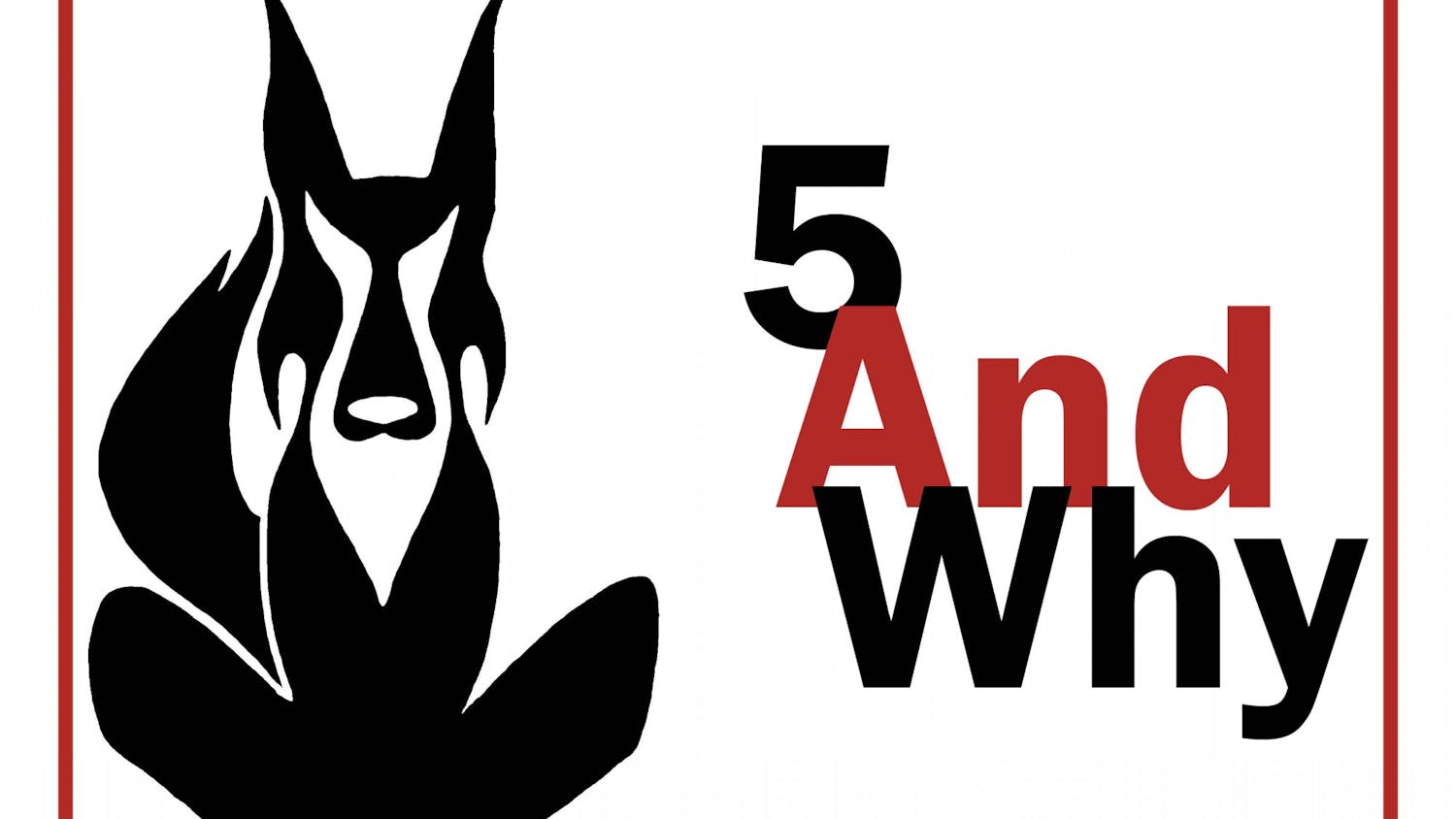The UNM salary book is only available in Zimmerman Library for two hours. The book is about two inches thick and lists each UNM employee in alphabetical order. No electronic copy of the book exists, so students, staff, faculty and community members interested in learning how tax dollars are being spent must sign up in Zimmerman and make sure to return the document in two hours.
Also, interested UNM employees at statewide branch campuses must drive for hours to Albuquerque and can’t bring it back with them to show interested peers. And since the book only lists employees by name rather than position, department or salary, representatives from peer institutions who are interested in doing salary comparisons must know the name of someone in the department in order to generate a meaningful comparison. Graduate and professional students use the book every year to research TA and GA salaries, but, since the book is only in print, the students have to rifle through pages of small text for hours to find the positions in question and then must create a new spreadsheet of the relevant data.
Many more examples like this exist to illustrate why an electronic version of this important document is preferable to the one sitting on a shelf in Zimmerman Library, both from an ideological and practical sense. An electronic version would be accessible, searchable and informative. Ultimately, though, an electronic version would help increase transparency at a time when transparency is crucial to public institutions like UNM.
This is why I spent the summer filing Inspection of Public Records Act requests to see if the Daily Lobo could get a hold of the salary book before it was printed. The initial request was for “a copy of the UNM salary book … preferably in an Excel or other spreadsheet-like document.” However, representatives of the Office of the Custodian of Public Record responded by saying that the document I requested was, in fact, already available. It’s simply collecting the dust of antiquity at Zimmerman Library, and it’s available for two hours.
After two or three months of back-and-forth e-mails between me, the Custodian of Public Record abd Sarah Welsh, president of the New Mexico Foundation for Open Government, we finally came to a resolution about the book.
While it is true that the salary book is available in Zimmerman Library, the document that I am asking for is profoundly different. While Custodian of Public Records representatives seemed to understand the difference, public records laws on the books now do not make public records custodians legally obligated to create a document; rather, custodians are required simply to facilitate access to documents that already exist.
So, how is it possible that the document only exists in a form that kills trees? Does the University still use typewriters or something? From what I understand, and I might not be completely right about this, employee salaries are extracted from Human Resources’ personnel records, which contain personal information not subject to IPRA requests. When those salaries are extracted, perhaps by a program, an electronic, intermediary document exists only for a moment. When the window pops up asking to “print” or “save,” the user simply clicks “print,” and the document that I want vanishes. Again, this might be a naïve version of the process, but it’s the best picture I’ve been able to render with the information I’ve been given.
Ultimately, it seems, the only way to get the University to create this document, even though it appears that it would be incredibly easy for it do so (Why don’t they just click “print” and “save”?), is to place external pressure on the responsible party, be it the University administration, the Human Resources Department or University Counsel. I drafted a resolution to be voted on at the first GPSA meeting, and the council graciously passed it. Also, I spoke before the ASUNM senate last week, and my plea of transparency seemed well received. I expect that faculty and staff governing bodies might support the resolution as well. However, it is not only necessary for these organizations to support this resolution. The general population also has to encourage its University officials to take this step toward transparency.
Take the advent of the ABQ View portal, for example, which is a step on behalf of Albuquerque public officials to hold themselves accountable. This movement toward transparency is generated from constituents, and the buzzword for the national mid-term elections has been “transparency.”
Nationally, the public is asking for information that it has long not had access to. As stakeholders in this University, it’s time that we join what has become a national movement and demand the University reconcile the criteria of a public records request with its intent. This warrant for facilitated access to public information, I believe, is well within the mission of the Daily Lobo as well as that of University governing bodies and the University community itself.
Get content from The Daily Lobo delivered to your inbox





